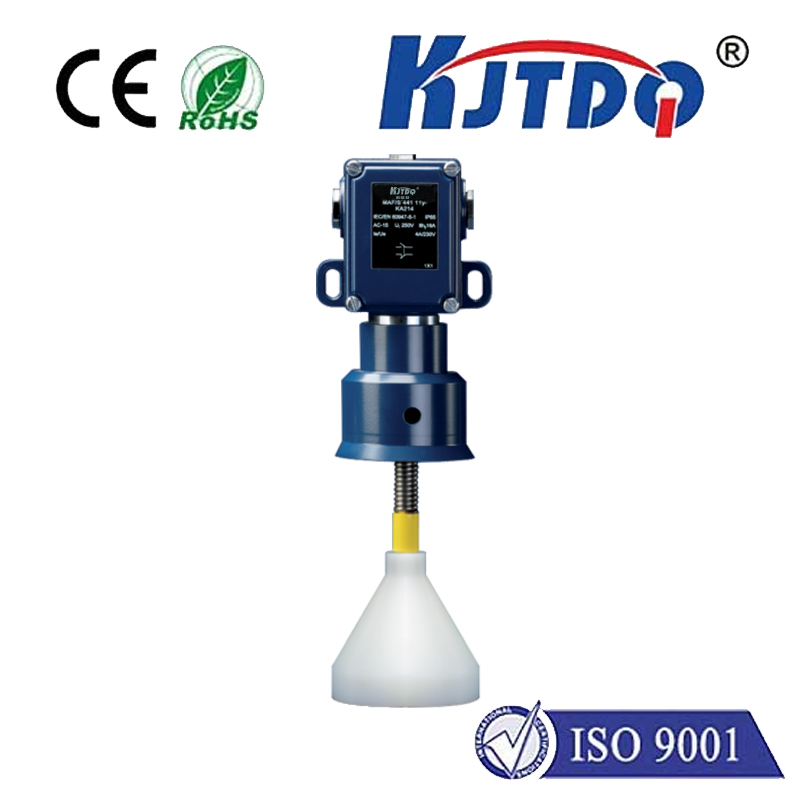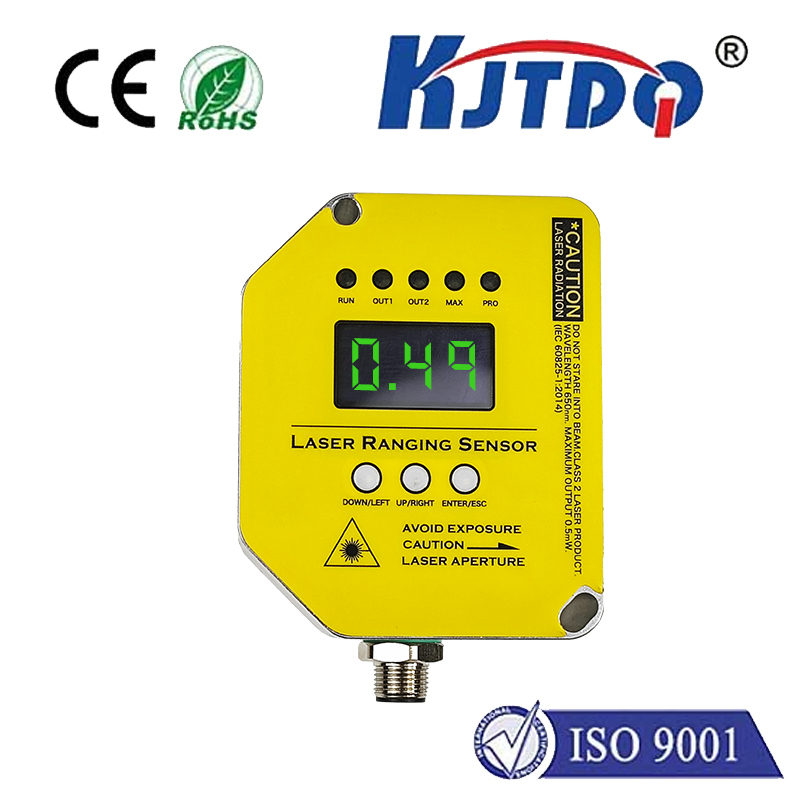proximity sensor redmi
- time:2025-09-05 17:17:10
- Нажмите:0
The Unsung Hero of Your Redmi Calls: Decoding the Proximity Sensor
Ever fumbled mid-conversation on your Redmi, accidentally muting the call or pulling up your contacts list with your cheek? Or perhaps you’ve noticed your screen magically going dark when you lift the phone to your ear? Meet the invisible guardian of your calling experience: the Redmi proximity sensor. This tiny, often-overlooked component plays a surprisingly crucial role in everyday usability, saving you from frustration and unintended actions. Understanding how it works and why it matters is key to appreciating the seamless design Xiaomi integrates into its popular Redmi series.
What Exactly Is a Proximity Sensor and How Does It Work in Your Redmi?
At its core, a proximity sensor is a small electronic component designed to detect the presence or absence of nearby objects without physical contact. In your Redmi smartphone, it’s typically located near the earpiece speaker at the top of the display bezel or, in newer models, cleverly embedded underneath the screen itself.
Most Redmi phones utilize an infrared (IR) proximity sensor. Here’s the simple magic:
- Emission: A tiny infrared light-emitting diode (IR LED) emits an invisible beam of light.
- Detection: A nearby infrared light detector waits to see if this beam bounces back.
- Logic: If an object (like your head or ear) is very close (typically 1-5 cm), the emitted IR light reflects off it and is detected. The sensor signals the phone’s processor: “Object detected in close proximity!”
- Action: Based on this signal, the phone’s software instantly triggers the automatic screen blanking function. This turns off the display, preventing accidental cheek presses.
- Reset: When the object moves away, the beam is no longer reflected back (or the reflection weakens significantly). The sensor signals “No object,” and the phone reactivates the display.
This near-instantaneous detection and response cycle is fundamental to core calling functionality on your Xiaomi device.

Why the Redmi Proximity Sensor is More Than Just Screen Off/On
While touchscreen deactivation during calls is its most visible task, a well-functioning sensor is vital for several reasons:
- Preventing Accidental Touches: This is the primary job. Without it, your ear, cheek, or hair could easily end calls, mute the mic, enable speakerphone, dial numbers, or open apps – a recipe for call chaos. It ensures your intention dictates the interaction, not random contact.
- Battery Conservation: Turning off the bright display when it’s pressed against your ear or in a dark pocket saves precious battery life. Every bit counts, especially on Redmi devices often praised for their stamina.
- Enhanced User Experience: The seamless transition – screen on when looking at it, screen off when at your ear – creates an intuitive and polished feel. You shouldn’t have to think about managing the screen manually mid-conversation; the proximity sensor handles it.
- Supporting Smart Gestures: In some Redmi models/software versions, the proximity sensor data might subtly contribute to other features, like pocket mode detection (preventing accidental wake-ups) or aiding certain air gesture recognition, though IR sensors are less common for complex gestures than dedicated hardware.
Troubleshooting Common Proximity Sensor Issues on Redmi Phones
Like any component, the Redmi proximity sensor can occasionally misbehave. Symptoms include:
- Screen not turning off during calls (risking accidental touches).
- Screen not turning back on after moving the phone away from your ear.
- Screen flickering on/off erratically during calls.
- Inability to end a call because the screen remains dark.
If you encounter these, try these steps:
- Cleanliness is Key: The most common culprit! Dust, dirt, oil (from skin or hair), or even a poorly applied screen protector can physically block the sensor window (if visible) or interfere with the IR beam. Gently clean the top bezel area near the earpiece with a soft, lint-free cloth slightly dampened with isopropyl alcohol (ensure the phone is off and dried thoroughly). Ensure any screen protector has a precise cutout for the sensor if it’s surface-mounted.
- Reboot: A simple restart can clear temporary software glitches affecting sensor calibration.
- Sensor Test: Use the built-in Xiaomi diagnostic tool. Dial
*#*#6484#*#* (*#*#MIUI#*#* on some versions) to access the “Cit” hardware test menu. Navigate to “Proximity Sensor” and follow the on-screen instructions to test its response.
- Calibrate: Some Xiaomi phone models offer a sensor calibration option within Settings. Check
Settings > Additional Settings > Developer Options > Proximity Sensor Calibration (note: Developer Options need to be enabled first). Or search “Calibrate proximity sensor” in the Settings search bar. Follow the specific instructions carefully.
- Safe Mode: Boot into Safe Mode to see if a third-party app is causing interference. If the sensor works fine in Safe Mode, uninstall recently downloaded apps one by one.
- Check for Updates: Ensure your Redmi phone is running the latest MIUI software version, as updates often include bug fixes for hardware components.
- Hardware Check: If basic troubleshooting fails, especially after cleaning and calibration, there might be a hardware fault. Inspect for any visible damage near the sensor area. This would likely require a visit to authorized Xiaomi service.
The Evolution: Under-Display Proximity Sensors in Premium Redmi
As smartphone design relentlessly pursues larger, bezel-less displays (“all-screen” fronts), traditional sensor placements became problematic. Xiaomi, aligning with industry leaders, adopted under-display proximity sensor technology in higher-end Redmi models (like certain Redmi K Series phones).
This is a significant engineering feat:
- Placement: The sensor components are hidden beneath the OLED display panel.
- How it Works: The screen itself is partially transparent in specific, small regions to allow the IR light to pass out and the reflected light to pass back in to the detector beneath. Sophisticated algorithms compensate for interference from the screen’s own light emission.
- Benefit: This allows for a true edge-to-edge display experience without notches or cutouts specifically for the proximity sensor, maximizing screen real estate while retaining essential functionality.
While early implementations occasionally faced challenges with responsiveness or calibration compared to surface-mounted sensors, rapid advancements have made under-display proximity sensors highly reliable in modern premium Redmi devices, showcasing Xiaomi’s commitment to innovation within its diverse lineup.
The next time you effortlessly transition from viewing your call log to holding your Redmi phone to your ear, remember the silent efficiency of the proximity sensor working behind the scenes. This small yet critical smartphone sensor exemplifies the thoughtful engineering embedded within Xiaomi devices, ensuring your communications remain smooth, unintentional disruptions are minimized, and your interaction feels effortlessly intuitive. Its proper function is a cornerstone of the reliable calling experience users expect from their **Redmi
















